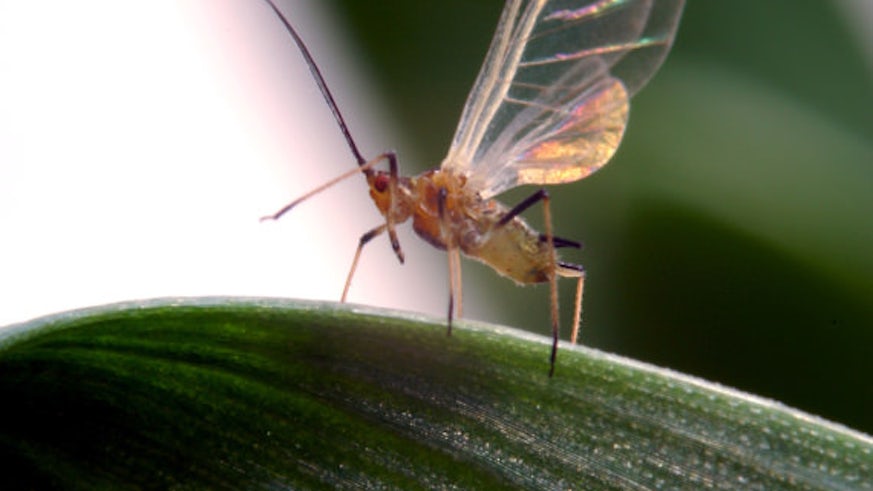Could smell hold the key to ending pesticide use?
28 April 2015

Scientists recreate natural insect repellent
University scientists may have uncovered a natural way of avoiding the use of pesticides and help save plants from attack by recreating a natural insect repellent.
Scientists from the School of Chemistry and Rothamsted Research have, for the first time, created tiny molecules which mirror a natural occurring smell known to repel insects.
The scientists were able to make similar smelling insect repellent molecules, by providing the enzyme, ((S)-germacrene D synthase), which creates the smell, with alternative substrate molecules.
The effectiveness of the smell or perfume to function as an insect repellent was tested.
The team found that the smells repelled insects but in one case a reversal of behaviour – an attractant - was observed which raises the prospect of being able to develop a trap-and-kill device.
"We know that many organisms use smell to interact with members of the same species and to locate hosts of food or to avoid attack from parasites," according to the Head of the School of Chemistry, Professor Rudolf Allemann who led the research.
"However, the difficulty is that scientifically smell molecules are often extremely volatile, chemically unstable and expensive to re-create. This means that, until now, progress has been extremely slow in recreating smells that are similar to the original.
"Through the power of novel biochemical techniques we have been able to make insect repellent smell molecules which are structurally different but functionally similar to the original," he added.
Professor John Pickett, FRS from Rothamsted Research said: "This is a breakthrough in rational design of smells and provides a novel way of producing a smell with different properties and potentially better ones than the original but at the same time preserving the original activity.
"By using alternative substrates for the enzymes involved in the ligand biosynthesis (biosynthesis of the smell) we can create the appropriate chemical space to reproduce, with a different molecular structure, the activity of the original smell."
The team hope that their research could provide a new way of designing and developing small smell molecules which would be otherwise be too difficult to produce by usual scientific and commercial methods.
Touchet et al., Novel olfactory ligands via terpene synthases (DOI: 10.1039/c5cc01814e) was funded by the BBSRC and published in the journal Chemical Communications.
Learn more about this work by listening to BBC Radio 4's interview from 1 May 2015.